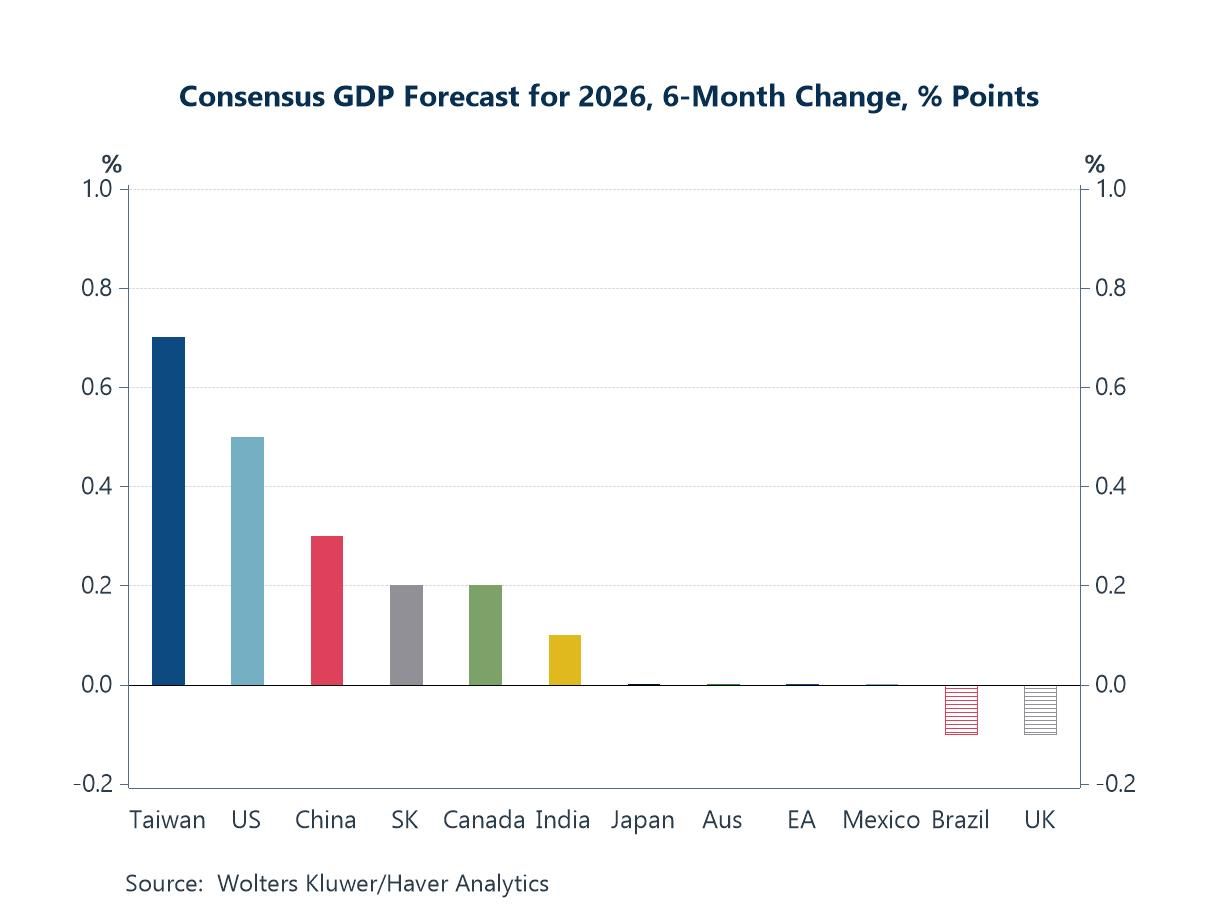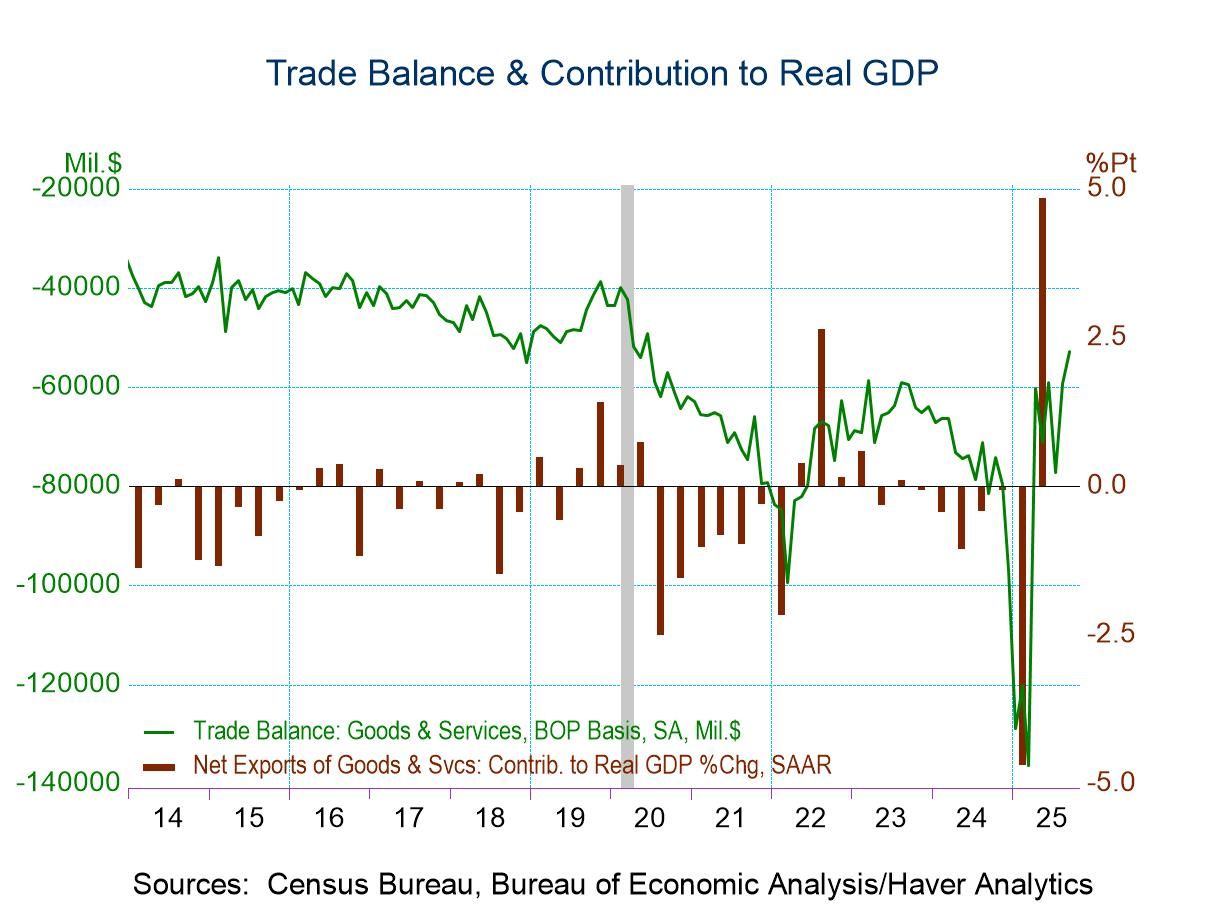 Asia| Feb 10 2025
Asia| Feb 10 2025Economic Letter from Asia: Talking Oil
This week, we explore potential opportunities in Asia if the US ultimately follows through with imposing tariffs on Canadian crude oil exports.
We begin by acknowledging the US-Canada energy relationship, where Canada has become a dominant supplier of crude oil to the US over the years (chart 1). If a 10% tariff were imposed on Canadian crude, it could result in significant economic disruption for both nations. This reliance on Canadian crude highlights critical aspects of the US energy sector. Although the US is a net exporter of refined oil, it remains heavily dependent on Canada’s heavy, sour crude, particularly for refineries in the Midwest (chart 2). Additionally, fully and immediately replacing this crucial supply is challenging for US refiners, as alternatives like Venezuelan crude are politically unfeasible and currently lack the necessary scale (chart 3).
However, what may seem disruptive to some presents a window of opportunity to others. With the recently operational Trans Mountain (TMX) pipeline, Canada has improved its access to Asian markets, and China has already begun absorbing a growing share of Canada’s crude oil output (chart 4). The competitive pricing of Canadian crude further enhances its appeal to China’s manufacturers and refiners (chart 5). While it may still be early for Canada to become a major supplier to China—given that countries from the Middle East, Russia, and Africa dominate the market—this shift signals potential for growth (chart 6).
Nonetheless, the scope and intensity of US trade actions continue to evolve. Recently-announced policy measures include a 25% tariff on all steel and aluminium imports into the US, and observers are now awaiting "reciprocal" tariffs, as promised by US President Trump, set to be revealed later this week.
The US-Canada energy relationship On February 1 this year, the United States initially announced a 10% tariff on energy imports from Canada, along with a 25% tariff on all other imports, as part of an effort to pressure Canada into addressing US concerns about illegal immigration and the flow of drugs across their shared border. In response, Canada initially announced retaliatory tariffs. However, the situation was temporarily de-escalated after a conversation between US President Trump and Canadian Prime Minister Trudeau. As part of the discussions, Trudeau agreed to ramp up security along the US-Canada border, leading to a one-month delay in the implementation of the tariffs.
This exchange between the two countries sparked widespread debate on the potential consequences of such tariffs, should they be enforced in the future. One key aspect that emerged from the discussions was the critical energy relationship between the US and Canada. Specifically, Canada’s crude oil exports to the US have become increasingly dominant over the years, as illustrated in chart 1. This growing trend underscores Canada's importance as a key supplier of crude oil to the US, highlighting the potential economic ramifications of any trade barriers between the two nations.
Chart 1: US crude oil net imports by source

The incident also raised numerous questions among investors and observers, particularly regarding the extent of the US’s reliance on Canadian crude oil and whether the US could truly wean itself off this supply in the event of a 10% tariff. While one might argue that the US could simply immediately source crude from other countries or rely on its domestic production, such reasoning oversimplifies the situation and overlooks real-world complexities. Moreover, this argument falsely assumes that all crude oils are interchangeable, with no significant consequences for US refineries if one type of crude is replaced by another.
The reality is that, despite being a net exporter of refined oil, much of the input for US refineries still comes from Canada, particularly those in the Midwest (as shown in chart 2). This dependence on Canadian crude remains a critical factor. Furthermore, many US refineries are specifically optimized to process heavy, high-sulphur crude oils like Western Canadian Select (WCS), and are ill-suited to handle lighter crude oils, such as the shale (tight) oil produced in the US. As a result, the US often exports much of its shale oil in its crude form, sending it abroad for further refining, while relying greatly on heavier Canadian crude for its domestic refining needs.
Chart 2: US imports of Canadian crude by district

As such, while imports from Canada are likely to decrease if the US imposes a tariff on Canadian crude, it is unlikely that US refiners will be able—or willing—to stop all Canadian crude imports immediately. As previously mentioned, US refineries remain highly dependent on Canada for its heavy crude feedstocks. Therefore, refiners will likely continue to rely on Canadian oil to some extent, albeit with potential damage to profit margins and/or higher prices passed on to consumers.
At the same time, the tariff—or even the mere prospect of it—could have already prompted a shift towards a further development of refining capabilities for lighter crude oils. However, this would require substantial capital investment and time. Moreover, the US may also face pressure to secure heavy crude oil from alternative sources. While this could involve efforts to find substitutes, fully replacing Canadian crude is extremely challenging. For instance, alternatives such as Venezuelan oil are politically unfeasible due to sanctions and lack the necessary scale, as shown in chart 3.
Chart 3: US imports of Canadian crude oil vs. Venezuela production

Opportunities in Asia On Canada’s side, the country will likely need to redirect some of its crude supply elsewhere if a 10% US tariff is eventually imposed. With reduced demand from the US likely putting downward pressure on Canadian crude, this could open up opportunities for Asian refiners. It is perhaps fortunate that Canada’s access to Asian markets has improved, thanks to significantly shorter voyage times, among other factors, since the Trans Mountain (TMX) pipeline became operational in May 2024. Even before the US officially announced tariffs on Canadian crude, China had already begun absorbing a significant portion of the oil. The opening of the TMX pipeline has also improved Canada’s access to other Asian refiners, such as those in Japan and South Korea. However, exports of Canadian crude to these countries have not seen a marked increase since May 2024, in contrast to the rise in shipments to China, as shown in chart 4.
Chart 4: Canada’s domestic exports of energy products to Asia

Digging deeper, China’s growing absorption of Canadian crude likely stems from both accessibility and economics. In terms of accessibility, the shorter shipping routes enabled by the opening of Canada’s TMX pipeline are a key factor. Moreover, the absence of sanctions on Canadian crude allows for free and direct purchases at scale. From an economic standpoint, Canadian crude is competitively priced, even when compared to heavy crudes from sanctioned countries like Venezuela and Iran, as shown in chart 5. The blend of competitive pricing and improved accessibility makes Canadian heavy crude an attractive option for China’s manufacturers and producers.
Chart 5: Global heavy crude prices

Much like how US export controls and restrictions on China’s access to semiconductors have driven China’s push for semiconductor self-sufficiency, the potential for US tariffs on Canadian crude may have already prompted a shift in Canada’s approach. The Canadian government may now be exploring ways to diversify its crude export destinations and reduce its reliance on the US market. China presents a viable and potentially major alternative, assuming no further trade complications arise between the US, Canada, and China. That being said, there are early signs of shifts following the completion of the TMX pipeline and recent US-Canada tensions. However, Canada remains a very small supplier of crude oil to China, as shown in chart 6. Other suppliers, such as Russia, and countries in Africa and the Middle East, continue to dominate China's crude oil imports.
Chart 6: China’s crude oil imports

Tian Yong Woon
AuthorMore in Author Profile »Tian Yong joined Haver Analytics as an Economist in 2023. Previously, Tian Yong worked as an Economist with Deutsche Bank, covering Emerging Asian economies while also writing on thematic issues within the broader Asia region. Prior to his work with Deutsche Bank, he worked as an Economic Analyst with the International Monetary Fund, where he contributed to Article IV consultations with Singapore and Malaysia, and to the regular surveillance of financial stability issues in the Asia Pacific region.
Tian Yong holds a Master of Science in Quantitative Finance from the Singapore Management University, and a Bachelor of Science in Banking and Finance from the University of London.






